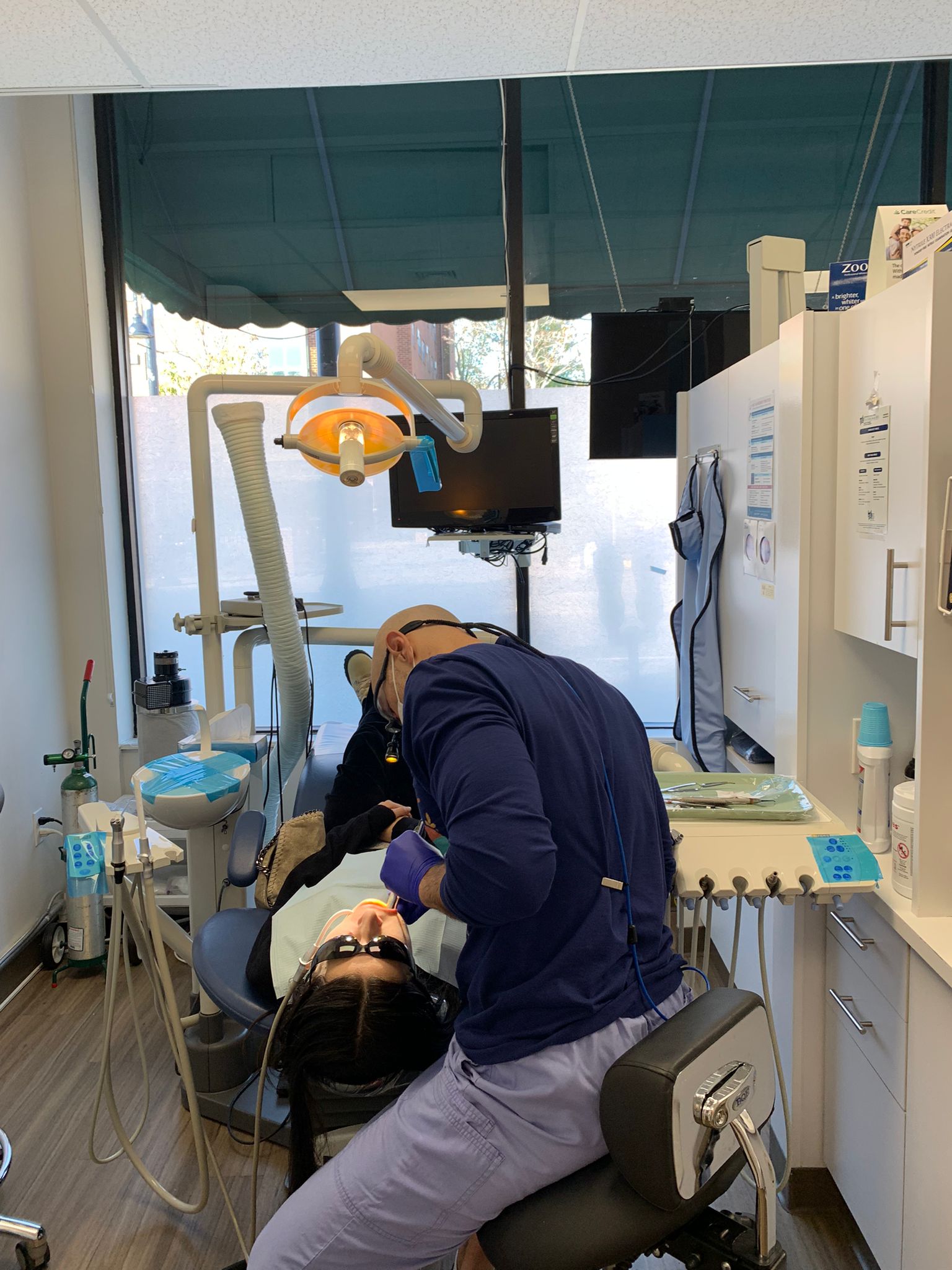Benefits of Mercury-Free Dentistry

What Is Mercury and How Is It Used in Dentistry?
Mercury is the only liquid metal at room temperature because its valence electrons are strongly attracted to the atomic nucleus, and atoms resist forming metallic bonds with other mercury atoms. Mercury was known to the ancients (Egyptians, Chinese, Tibetans, and Hindus). We are not sure exactly when it was discovered, but it’s been found in Egyptian tombs dating back to 15,000 B. C. The first mercury-based amalgam fillings were introduced as a versatile dental restorative material in France in 1826 and have been used in dentistry for about 150 years as the primary way to fill teeth. They look silver or black in the mouth and are one of the most durable dental fillings. Silver-covered dental amalgam is a mix of mercury, silver, copper, tin, and zinc used to fill cavities in teeth. When aesthetics are not concerned, they are low-cost, easy to apply, and have strength, durability, and bacteriostatic effect.
Does Amalgam Dental Fillings Contain Mercury?
One of the major controversies and concerns with amalgam dental fillings is that they contain mercury. According to multiple types of research, there is no evidence that mercury released from amalgam fillings leads to adverse health effects in the general population. Mercury is found in the earth’s crust and is ubiquitous in the environment, so even without amalgam restorations, everyone is exposed to the small but measurable amounts of mercury in blood and urine. But amalgam can produce delayed hypersensitivity reactions in some individuals. While mercury fillings may be safe in certain situations, it’s essential to consider the whole picture. Some people can experience problems with their mercury fillings due to the potential risk of exposure and mercury allergy or mercury toxicity. The FDA recommends that high-risk populations avoid dental amalgam, if possible and appropriate. The popularity of amalgam as a restorative material is decreasing due to concerns about detrimental health effects, environmental pollution, and aesthetics.
Who Is High-Risk and Should Avoid Amalgam Fillings?
- Children, especially those younger than 6
- People who are sensitive to mercury or other components of dental amalgam
- People with neurological impairment or kidney dysfunction
- Women who are pregnant or planning to become pregnant
- Nursing mothers
What is Mercury-Free Dentistry?
Modern dentistry solutions improved several aspects to eliminate the downside of previous iterations. One of the significant improvements is mercury-free dentistry. Mercury-free dentistry includes a full range of dental fillings that don’t contain mercury. It may also have amalgam filling removals. This practice incorporates exceptional filtration, suction, and barriers to prevent mercury vapors and particles from being inhaled by the patient during removal or entering the water supply after it’s broken away from the tooth. Mercury is most potent in its vapor form. In dentistry, this means when your amalgam filling is being placed and when it is being removed.
Mercury-Free Dentistry in Brookline, MA
If you are prone to bruxism (clenching or grinding of the teeth), it may put you at an increased risk of mercury being released from your restorations daily. Mercury-safe practices are essential for patients when requesting to replace their silver fillings. At Alpha Plus Dental, we take mercury removal very seriously, not just for our patients but also for ourselves. We work with strict protocols in removing amalgam fillings safely, both pre, during, and post-removal. We also have a tailored detox protocol pre- and post-procedure to ensure the most effective and safest outcome.
If you have more questions on mercury and your dental health, please don’t hesitate to reach out and make an appointment for a consultation with one of our qualified doctors. Call our Brookline Dental Clinic at (617) 277-6969 or contact us online.










